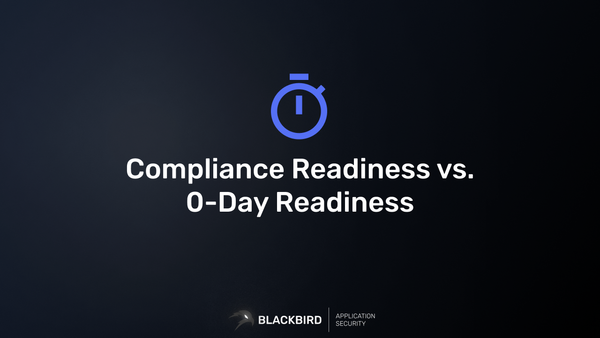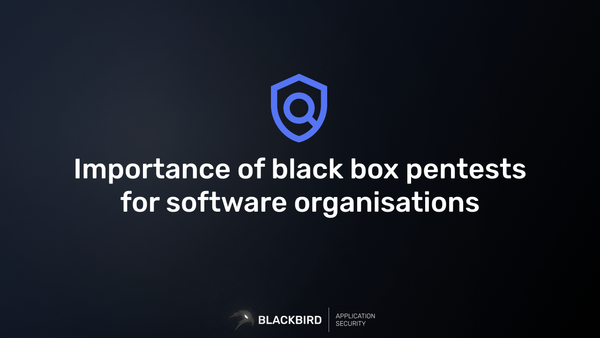The complete guide to pentesting types

When planning a pentest, it's crucial to choose the right approach. In this guide, we discuss the different types of pentests, their advantages and disadvantages, and which approach best fits your security objectives and budget.
Blackbox vs. Whitebox Pentesting
Blackbox Pentesting
In a blackbox pentest, the pentester has no prior knowledge of the system, allowing for a realistic attack simulation. The pentester performs an extensive reconnaissance phase, thoroughly testing externally visible vulnerabilities and the effectiveness of perimeter security. However, this approach is more time-intensive, potentially less in-depth, and requires a higher budget due to the extra time spent on reconnaissance (exploration phase).
We find that blackbox pentesting is most often preferred since our clients never need to provide access to their source code.
Advantages of a blackbox pentest:
- Simulates a real potential external threat
- Identifies externally visible vulnerabilities
- Compatible with most compliance and security standards within your organization – you don't need to provide source code to the auditor.
Whitebox Pentesting
In contrast, whitebox testing involves the pentester receiving complete access to the underlying system, including access to the source code. This enables a thorough and efficient analysis where deep-seated vulnerabilities can also be identified. Although this method is less realistic from an attack perspective, it does require more preparation and a more complex scope determination due to the extensive system knowledge.
Advantages of a whitebox pentest:
- Free access to underlying systems enables thorough analysis
- More efficient process
- Identifies deep-seated vulnerabilities
Graybox Pentesting
As a middle ground, graybox testing exists, a hybrid form where limited system information is shared. This approach offers an optimal balance between depth and realism, is cost-effective, and offers flexibility in scope. However, the success of a graybox test strongly depends on good scope delineation and requires careful planning. Results may vary depending on the information shared and the focus of the test.
Advantages of a graybox pentest:
- Balance between comprehensive and realism
- Cost-effective
- Flexible scope
Which type suits your organization?
This strongly depends on your preferences. Do you need a thorough analysis of all your systems and applications? Choose a whitebox or graybox pentest.
Do you need to consider certain regulations within your organization that prevent you from, for example, granting source code access to third parties? In that case, opt for a blackbox pentest.
Conclusion
Choosing the right pentesting type is crucial for effective security testing. Carefully consider your goals, budget, and compliance requirements. A combination of different types can often provide the most complete security assessment.
Want to know which type of pentest best suits your organization? Contact us for a free consultation.





